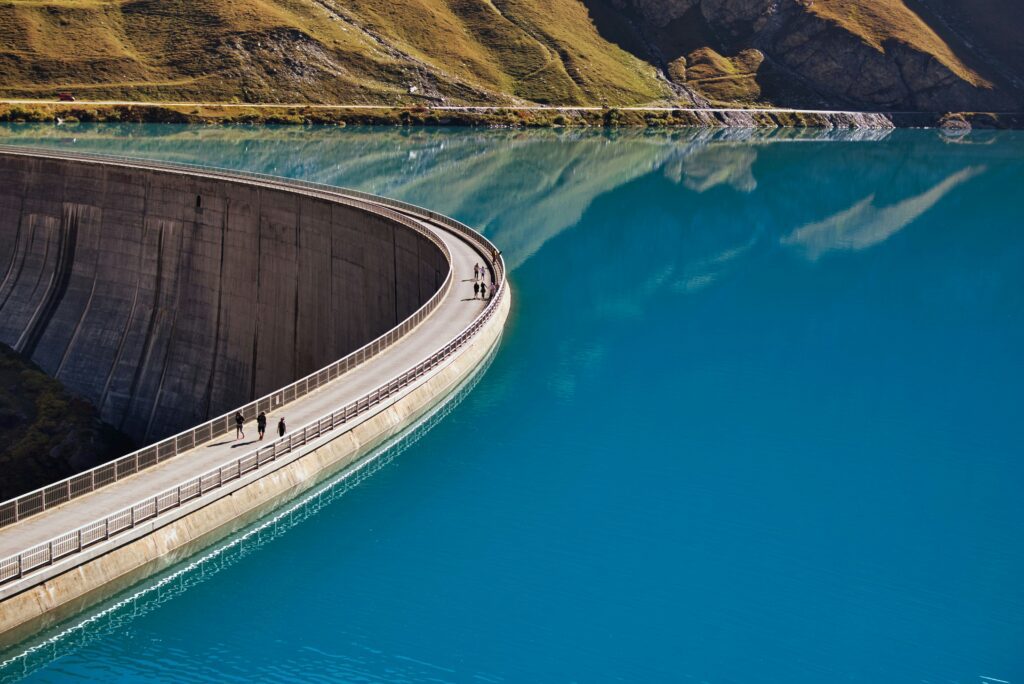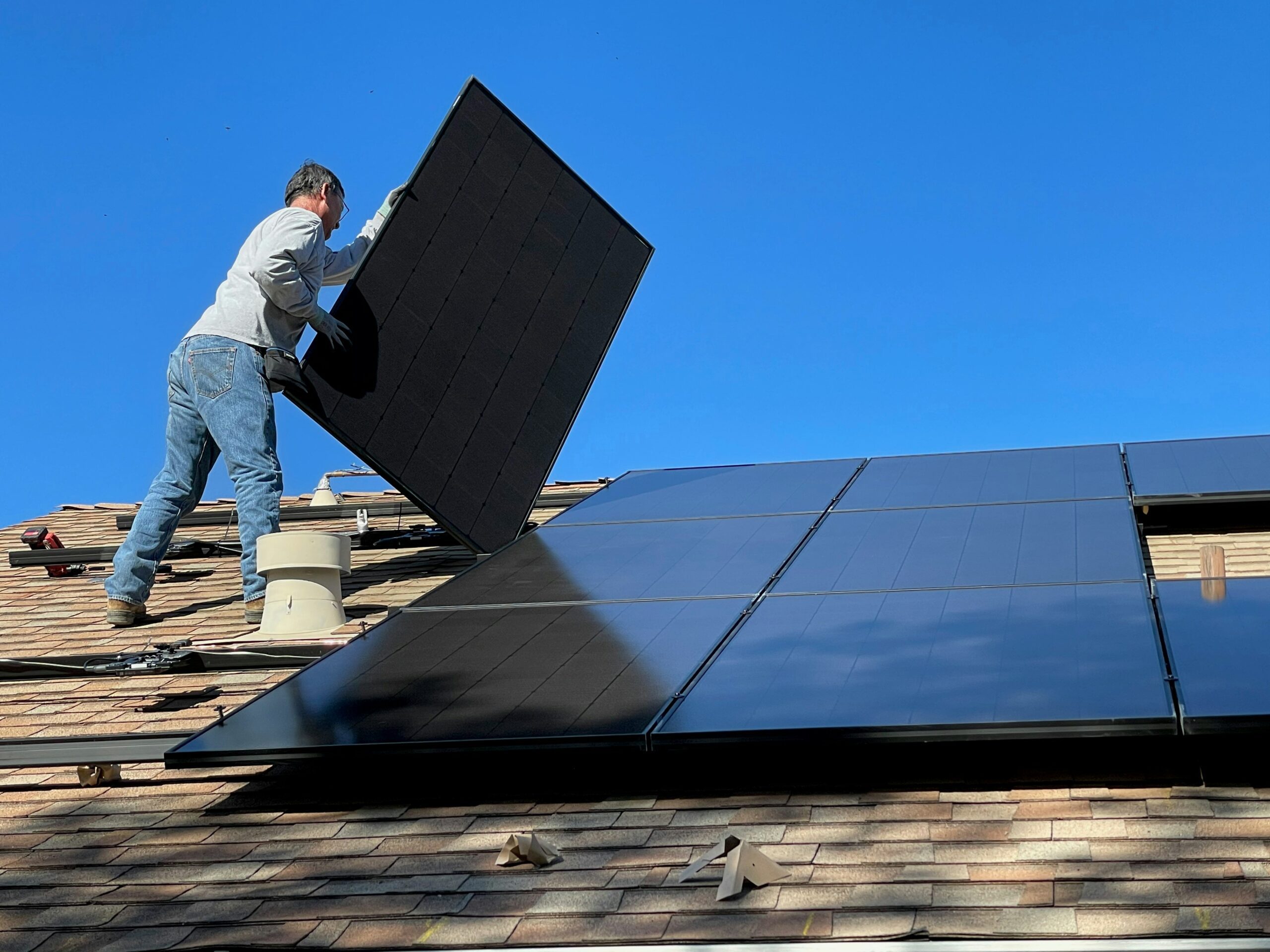Hydropower, which harnesses the energy of flowing water to generate electricity, has both environmental benefits and drawbacks. Here’s an overview of its environmental impact:

A Renewable Energy Source?
Hydropower is renewable – a benefit – because it relies on the water cycle, which is continuously replenished by rainfall and snowmelt. The drawback is habitat alteration. Building dams and reservoirs for hydropower projects can disrupt natural habitats and alter ecosystems, leading to loss of biodiversity and fragmentation of aquatic habitats. This can particularly impact fish populations and other aquatic organisms, affecting their migration patterns and breeding habitats.
Low Greenhouse Gas Emissions?
Unlike fossil fuels, hydropower generation produces minimal greenhouse gas emissions during operation, making it a cleaner energy source that contributes to mitigating climate change. In certain conditions, reservoirs formed by hydropower dams can become sources of methane emissions, a potent greenhouse gas, due to the decomposition of organic matter in submerged vegetation. This can offset some of the climate benefits associated with hydropower.
Flood Control and Altered Flow Regimes?
Many hydropower dams are equipped with flood control mechanisms, which can help regulate water flow and prevent or mitigate flooding in downstream areas. The construction of dams can alter natural flow regimes in rivers, leading to downstream impacts such as changes in water temperature, reduced sediment transport, and alterations in nutrient cycling. These changes can negatively affect riverine ecosystems and the species that depend on them.
Sedimendation and the Water Supply?
Some hydropower reservoirs can be used to store water for municipal, agricultural, and industrial purposes, providing a reliable water supply in regions prone to water scarcity. Dams can trap sediment, preventing it from flowing downstream. This can lead to downstream erosion, reduced fertility of agricultural land, and sedimentation in reservoirs, which reduces their storage capacity over time.
Recreation, Tourism & Displacement?
Hydropower reservoirs and surrounding areas often provide opportunities for recreational activities such as boating, fishing, and hiking, and contribute to local economies through tourism. Large-scale hydropower projects often require the inundation of land, however, leading to the displacement of communities, loss of agricultural land, and potential disruption of livelihoods for local communities.
In conclusion, while hydropower offers significant environmental benefits as a renewable energy source, its development and operation can also have adverse impacts on ecosystems, communities, and natural processes. Balancing these benefits and drawbacks requires careful consideration of environmental, social, and economic factors in hydropower planning and management.

Property Owner’s Guide to Wind Assessment
Conducting a wind resource assessment for property owners involves several steps to determine the feasibility of installing a wind[…]

The Environmental Impact of Hydropower
Hydropower, which harnesses the energy of flowing water to generate electricity, has both environmental benefits and drawbacks. Here’s an[…]

The Science of Solar Cells and Continuous Improvement
The science behind solar cells is continually evolving, driven by efforts to increase efficiency, reduce costs, and expand the